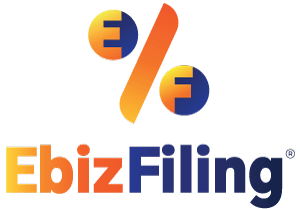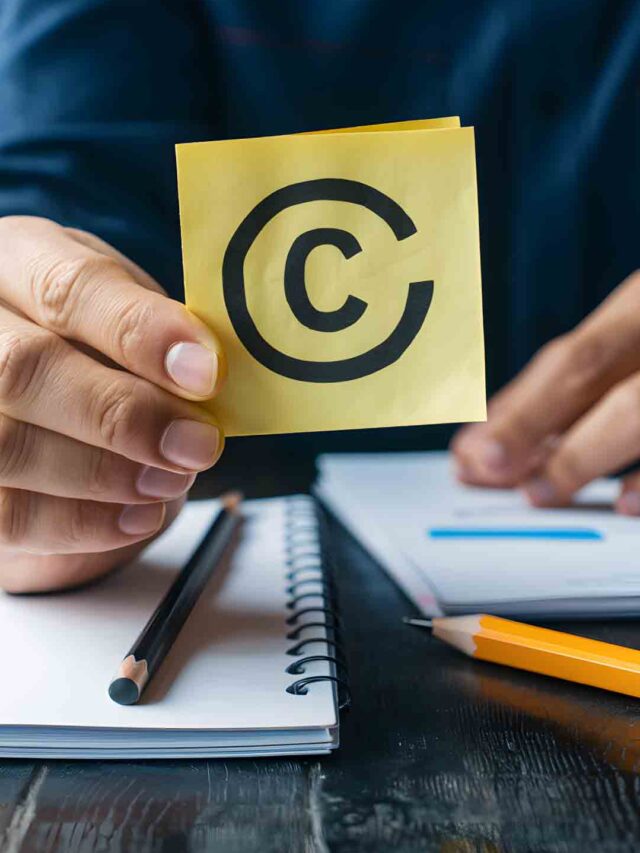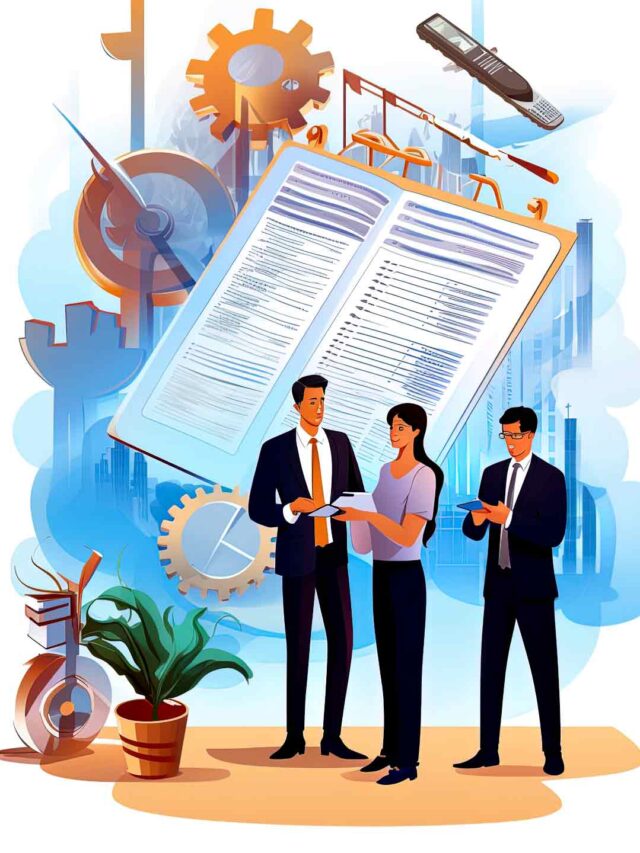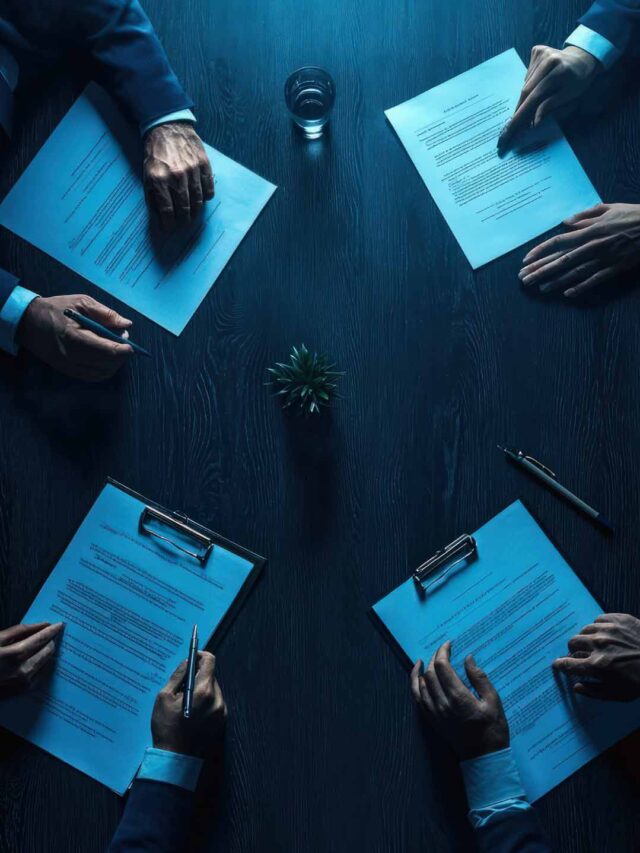
-
March 10, 2023
What is copyright infringement? What are the ways to avoid copyright infringement?
Introduction
The internet has posed a threat to individuals in a variety of ways. One of them is copyright infringement. Individuals can visit millions of websites with a single click and post anything to social media sites by editing someone else’s original work; one common example is submitting altered research papers. Scholars usually combine multiple sources to create their work or paper. People just plagiarize someone else’s original work without his/ her permission so copyright registration of your work becomes important. But don’t worry, there is a law that protects you against this, which is the Copyright Act, 1957 a subdivision of Intellectual Property Rights. So, here is a quick overview of everything you need to know regarding copyright infringement.
What is a Copyright?
Copyright grants an individual or entity exclusive ownership of their original work, such as books, scripts, software, artistic, training manuals, films, records, paintings, programming, and design. According to Intellectual Property Rights, the author or creator of the work has the right to prevent others from copying, reproducing, or replicating their original work without their consent, also there are some exceptions to copyright infringement. This means that no one can copy or reproduce the owner’s original work without their permission.
What is copyright infringement?
Copyright infringement is the violation of someone else’s intellectual property right like copying her/his work. It’s just another word for theft or stealing someone else’s original work, particularly if a person has copied the work from the original creator and earns more rewards than the original owner. Any of the following actions concerning copyright material is a breach of public performance rights:
- Replicating it
- Distributing copies to the public
- Renting it out or giving it back to the public
- Spreading the information to a large audience
Secondary infringement happens when someone exports an unauthorized copy, manages or uses it, or proposes a method for producing it. A copyright holder has the option to seek civil remedies and file a criminal complaint in cases of such infringement. The civil remedies of copyright infringement are as follows:
- An injunction will be issued to prevent further violations.
- All the infringed contents will be sent to the owner.
- The authority to seize copies of infringing articles
- Obtaining compensation for loss based on the infringer’s earnings
According to Section 63 of the Copyright Act, 1957, anybody who unintentionally violates or assists in the violation of the copyright on a work or another right granted by the Act is punishable in terms of criminal complaints. The statute has the power to punish a person with a minimum imprisonment of six months and a maximum of three years of imprisonment as well as a minimum fine of 50,000 rupees and a maximum fine of 20 lakhs.
Some examples of copyright infringement
Copyright infringement can have several manifestations and types. There are some examples for which you can be charged if you use the copyrighted content without obtaining the prior consent of the holder, author, or owner. The examples are as follows:
- Capturing an entire film in a theatre.
- Uploading a video with lyrics or music that is protected by the Copyright Act, 1957.
- Utilizing copyright photographs on the website of your company.
- Using a music band for songs in India on your company’s official website which is copyrighted by someone else.
- Totally changing a photo and publishing it on the website of your company.
- Creating content with words or images protected by copyright and selling it in the media without paying for its use, such as music or movies.
- You won’t be allowed to replicate any artistic work or copyright literary work without a signed contract or permission.
Ways to avoid copyright infringement
The ways to avoid copyright infringement to prevent bad impacts on your company are as follows:
A. Register your copyright works
The ownership status of your work is boosted by copyright registration. Even if you think it is clear who owns your job, you can be wrong. However, if you feel obligated to file a lawsuit alleging infringement, you must register your copyright. Copyright Act, 1957 automatically provides artists with absolute protection. A legal argument must prove the striking similarities between the original work and the copied work. Having the copyright officially registered serves as evidence in court that the copyright owner is the rightful owner of the work in question.
B. Include a copyright symbol with your work
A copyright notice is an easy way to let others know that your work is protected by copyright registration. The notification is divided into three sections:
- The word “copyright,” the copyright sign ©, or the abbreviation “copr”
- The content’s initial year of publication
- Name of the copyright holder
The copyright notice for your work can be included immediately. In the event of a copyright dispute, using a copyright registration sign has an advantage in your case. Any attempts by the defendant to reduce the amount of the award by claiming unintentional infringement will be completely rejected in that case.
C. Please put your information there for future reference
Post your contact information so that people can get in touch with you and request permission rather than violating your Intellectual Property Right. This is the simplest and least expensive way to prevent copyright infringements. Publishing your work improves your awareness as a creative and draws the attention of people who want to use your work effectively. A copyright holder and someone who is utilizing your work can benefit if you grant rights to it.
Exclusive and non-exclusive copyright licenses are both possible, and the conditions of the contract define the rights attached to each one of them. Owners of copyrights have the option of earning extra money by licensing their works. You should first register your work under copyright registration if you want to provide copyright licenses for your work.
D. Add a watermark on your original work
A watermark is a design that can be used with photographs or other visual work. It frequently takes the shape of white or translucent writing. It alerts others and potential copying suspects that the work is yours. You are free to include any text you choose in the watermark, such as your name, the name of your business, or a company logo to protect your Intellectual Property rights. A watermark also forbids the copyright violators from claiming ignorance of the material’s copyright status. If a copyright registration violator removes a watermark from a visual work, additional penalties could be imposed. These penalties are applicable even if the copyright was not reprioritized for the violation.
E. Eliminate copyright violations
Copyright infringement should be avoided by both individual authors and businesses. However, experience shows that even with such protections on your work, the person can still steal your work and profit from it. Modern technology has made it relatively simple and attractive for the person to steal things and information. That is not to argue that taking precautions is a waste of time. Instead, they work best when combined with a real enforcement strategy. There is no need to be concerned when you see someone copying your work, but you should respond quickly. You can easily file a manual report of a copyright violation or seek legal advice from a lawyer. However, even single-case processes have limitations when handling frequent or recurrent breaches.
Conclusion
Due to the technology advancements, it is easier for scammers to steal your original work. In the worst situation, you can find yourself involved in a protracted legal dispute concerning a large sum of money. Therefore, companies are advised to develop a plan to protect their original works against theft. It is highly recommended to take preventative measures like registering your copyrights as per the provision of the Copyright Act, 1957, and reporting copyright breaches as soon as you become aware of them.
Apply For Your Copyright
Copyright your literary, artistic work with ebizfiling.com. Prices starting at INR 11,999/- only.
About Ebizfiling -










Reviews
Deepika Khan
29 Sep 2018I would rate 5/5 for their services, pricing and transparency.
Jinal Vora
27 Feb 2018They make GST returns easier and fuss-free.
Nitesh
14 Jun 2019Professional,Knowledgeable & Creditable. Recommended for Business organization looking for services pertaining to Incorporation, Secretarial Service, Compliance, Very Prompt service and Proactive Approach! Excellent service. Always available and prompt response.
February 24, 2025 By Team Ebizfiling
RBI Rules for Foreign Subsidiary Companies in India The Reserve Bank of India (RBI) has certain rules for foreign companies operating in India or Indian companies with foreign investors. These rules ensure smooth business operations while following Foreign Exchange Management […]
February 14, 2025 By Team Ebizfiling
LLC vs INC : Difference between LLC and INC Introduction Choosing the right business structure is important when starting a company. Two common options are LLC (Limited Liability Company) and Inc. (Corporation). Both protect owners from personal liability, but they […]
May 17, 2025 By Bhaskar K
Process of Obtaining Import Export Licenses for LLCs in USA As the global economy grows, businesses rely on trading goods across countries. In the U.S., Limited Liability Companies (LLCs) need to understand how to get an import-export license for smooth […]